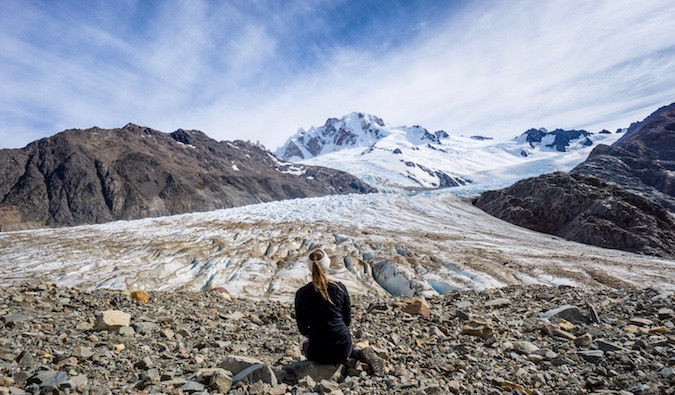
Kristin Addis from Be My Travel Muse writes our regular column on solo female travel. It’s an important topic I can’t adequately cover, so I brought in an expert to share her advice for other women travelers to help cover the topics important and specific to them! She’s amazing and knowledgable. This month, we are starting the year off with some of the common myths people have about solo female travel!
I had a lot of misconceptions about traveling alone before I went overseas. I thought it might be dangerous, lonely, too much work, or make people think that I didn’t have any friends. Moreover, I always thought that being alone as a woman would make me a target for terrible things (thanks, mainstream media!). Plus, who wants to see all these amazing places completely alone? It sounded like a non-option, at least at first.
Then I realized that nobody had the time to go with me. My friends were working on their careers while I had just decided to take a break from mine. I couldn’t wait. I just had to go, or else I might never go.
So I went alone and found out that all of my assumptions about traveling solo were dead wrong. I wasn’t lonely, I didn’t end up kidnapped, and, in a lot of ways, it was actually way better to travel by myself. The freedom it afforded me, the way it grew my confidence, and all of the new friends I made were huge benefits that wouldn’t have happened it I went with a group of friends.
So for everyone who thinks that solo travel is lonely, dangerous, or boring, I want my first column ofthe new year to be on the common solo female travel myths — and why they are all wrong – to help give you the courage to get over your fears and conquer the year:
Myth #1: Solo traveling means being lonely often.

The scariest thing about traveling by yourself is the thought that you might be alone for your entire vacation, right? Who wants to travel to the other side of the world only to have to be by herself while looking at the majestic red sunrise over Angkor Wat?
I was really worried about this before I started traveling solo. Thankfully, I came to find that I made more friends in one week on the road than I had in a whole year back at home.
The best thing about traveling solo is that you’re not the only one doing it. More and more women are considering the concept of solo traveling to be realistic these days, and I couldn’t believe how many other solo female travelers there were on the road with me! Since so many other people are in the same boat, they tend to be pretty outgoing and friendly. It’s as simple as staying in a social hostel — you can easily find which those are by doing a quick search on Hostelworld — and heading to the common room. I regularly did that all over Southeast Asia and I rarely felt alone during my years of traveling there.
Myth #2: Solo traveling is only for those who are single.
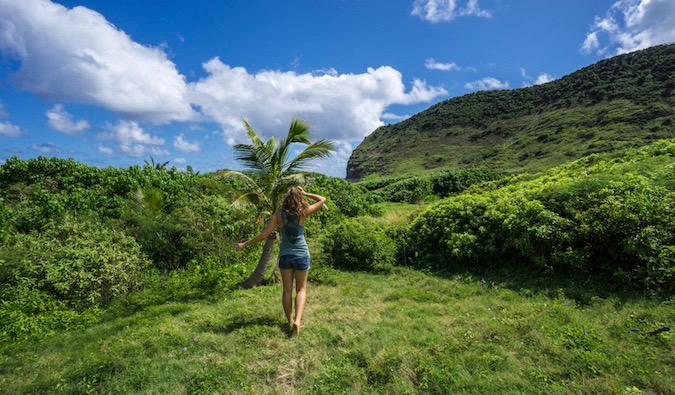
Before I started traveling and meeting people with all kinds of different stories and backgrounds, I figured that if you’re traveling by yourself, it must be because you don’t have a significant other. People who have commitments like a family or partner don’t just go traveling on their own. It must mean there’s a problem in the relationship or that they’re escaping their commitments, right?
Wrong. I came to learn that plenty of people who are in relationships travel alone, and for all kinds of reasons.
It could just be that they have different interests, something many relationship experts say is totally healthy. Maybe their partner can’t get time off from work, or maybe both parties made a conscious decision to do some soul-searching on a solo adventure, even just for a portion of the trip, and meet back up again.
Many solo travelers are single, but there are many more who are in relationships too. Just because you’re not single doesn’t mean you can’t have an awesome trip by yourself.
Myth #3: You must be extraordinarily brave to travel on your own.
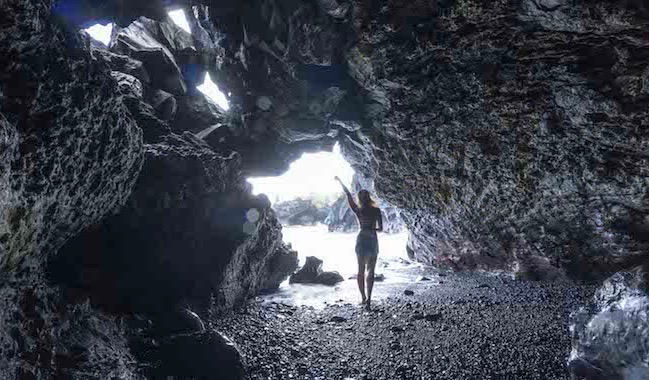
A lot of my friends thought I was ultra brave and independent because I was going to travel alone. The honest truth is that I was incredibly scared and overwhelmed with the idea of traveling solo until I finally just got on the plane and went. To fear what you don’t know is just to be human. It’s in our nature.
Despite being terrified, I went anyway. Later I laughed at how scared I had been, after I realized that getting around, meeting new people, and finding things to eat was all way easier than I had ever thought it could be.
You don’t have to be sure of everything and incredibly courageous to go traveling on your own. Those things may come as a nice benefit of traveling solo, but they don’t have to be prerequisites. The hardest part is getting on the plane. After that, it’s surprisingly easy to get around language barriers, figure out timetables, and have an adventure. Plenty of locals speak at least some English, and Google Maps, translation apps, and cellphone connectivity have all made traveling so much easier than it used to be.
Myth #4: You can’t be an introvert.

I used to quietly watch the TV in bars or wear my headphones in public places so that I wouldn’t have to talk to anyone. I used to feel pretty paralyzed in a room with someone with a strong personality. Basically, I was kind of awkward.
But an incredible benefit of traveling by myself is that it has made me super outgoing. Even if you have trouble starting a conversation, in a hostel common room, chances are really good that eventually someone will reach out to you and bring you into a conversation. I recall that in the Philippines, a girl tapped me and asked where I’m from, and after chatting for a while, we became friends and hung out all week.
You will probably also find that after a few times approaching new people — which will be incredibly nerve-racking at first — they will be so much more open than you feared that it will be an encouraging surprise. It’s so easy to start a conversation by simply asking somebody where they’re from or where they just came from. I know those are cliché, but they also work, and before you know it, you have something to talk about.
It’s easy to build up confidence around travelers — they’re just really friendly people!
Myth #5: It’s dangerous to travel solo, especially as a woman.
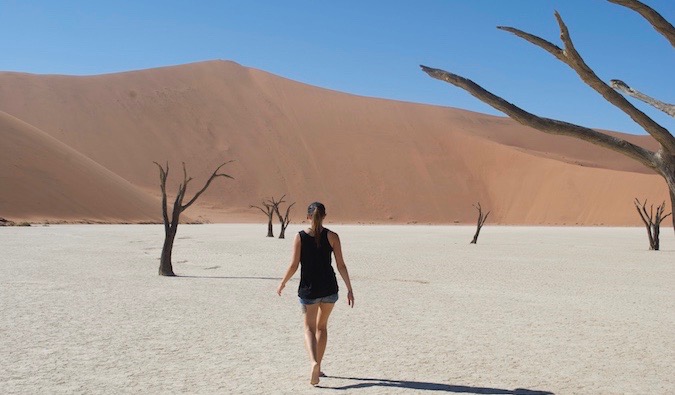
You’ve seen the movie, Taken, right? The one where Liam Neeson’s daughter gets kidnapped in Europe and he kicks major butt and rescues her? Or what about Brokedown Palace, where Claire Danes gets thrown in Thai jail when a handsome stranger plants drugs on her? This is our image of girls traveling the world (thanks, Hollywood!). I’m guessing that, given dramatic stories like these, the biggest argument against solo travel that you might be hearing from your friends and family is that it is dangerous.
First of all, neither of the protagonists in those movies actually was traveling solo. Maybe if they had been, they would have paused and listened to their voices of reason and stayed out of trouble.
Staying safe on the road is all about trusting your intuition, behaving abroad like you would at home. Would you get super drunk alone at a bar at home? Would you walk around alone at night? Talk to the locals at your guesthouse about what you should watch out for, and practice common sense. What kept you alive at home and keeps you alive on the road, too.
For more check out this post all about solo female travel safety.
And take a look at these blogs for inspiration and proof women can travel alone:
Every day millions of women travel the world alone. It’s safe and doable, and you won’t end up in a ditch!
Myth #6: You will constantly get unwanted attention.
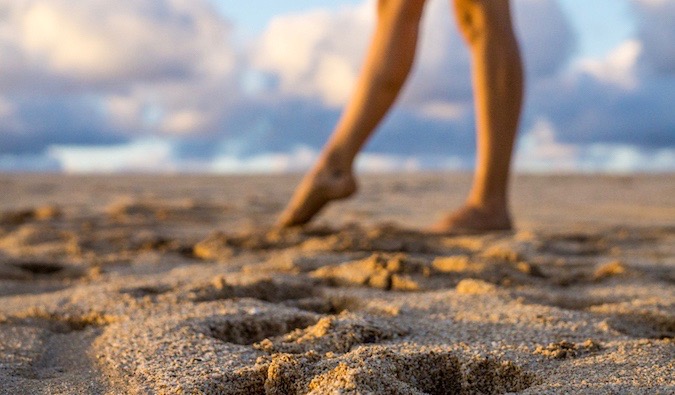
It happened from car windows when I was walking home from school at age 14, it happened when I was getting into my car at a random gas station in the middle of nowhere in Nevada, and it happens when I walk down the streets of New York City. Sometimes a boyfriend was only a few steps away — it didn’t matter. Catcalls happen abroad and at home. They’re annoying, yes, but don’t let them keep you from having the awesome solo trip you deserve.
The best way to deal with that kind of attention is to make sure you understand the modesty requirements in the countries that you visit and dress accordingly. Some women suggest wearing a wedding band, but I find that being very confident, looking people in the eye, and being respectfully assertive are all good ways to stand my ground as well.
While simply being a female does open you up for catcalls and unwanted advances in some parts of the world, in many cases, though, it’s quite the opposite, and I’m treated with respect and kindness, particularly because I’m a woman traveling on her own.
Myth #7: It’s way more work because you have to do everything yourself.
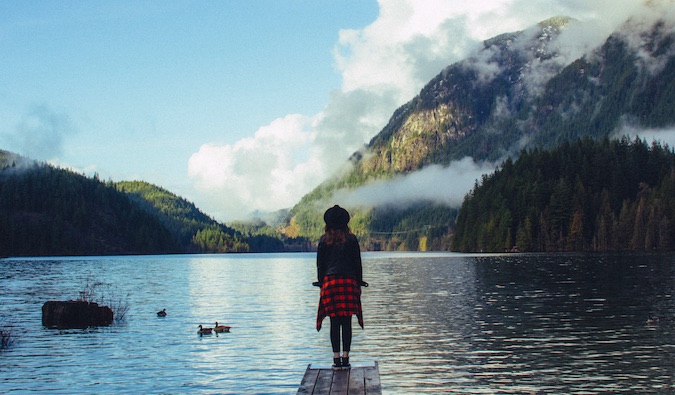
If you travel on your own, you will be making all of the decisions.
This is also the biggest benefit of traveling solo. It means that you don’t have to plan ahead if you don’t want to, worry about whether the other person is having fun or not, or stress about doing everything for two or more people. Solo travelers get to have more serendipitous fun, the novelty of which we are hardwired to crave. There’s often room for just one more on a motorbike, in the car, or at a local’s family dinner, and you’ll be able to make split-second decisions without asking anyone first.
I found that the benefit of complete freedom while traveling solo outweighed the extra legwork that I had to do. I also found it easy to just ask a friend which restaurant or activity they liked, or the person working at the hostel counter. It’s not that hard. (Besides, planning everything for multiple people and keeping them happy is a lot of work too.)
Myth #8: Traveling solo is a huge, life-changing decision.
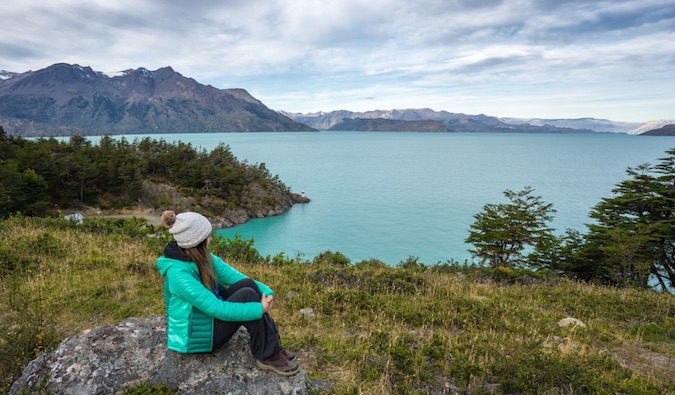
A lot of people sell off everything they have and take off to the other side of the world with a one-way ticket in hand (I’m talking about myself here), but that doesn’t mean that everyone who travels solo has turned her life upside down in order to do it.
It can be as simple as a weekend trip alone to another city, a two-week jaunt to a warm and tropical place you’ve never been, or a monthlong solo backpacking trip in Europe between semesters. It doesn’t have to be a huge deal, and you could come right back to life as you know it before, with a few new adventures and a bit more confidence.
****
It turned out that, contrary to what everyone (including me) thought, solo traveling wasn’t dangerous, boring, or lonely at all. It actually was one of the most social activities I’ve ever tried.
I ended up finding that, instead of solo traveling being a disadvantage in any way, it was actually advantageous to be free when I traveled. It endeared me more to locals, and I got to have unique experiences because I could say yes to everything, and that’s something that only solo travelers can say. It’s a big benefit to be able to go where you want when you want, without having to answer to anyone else. There must be a reason why it keeps growing in popularity year after year, right?
If traveling is about the benefits, the time spent in a new reality, and a departure from your normal, everyday life, then to traveling solo is to put those benefits on steroids. Give it a try, and you too may find that your misconceptions about it are all wrong.
Kristin Addis is a solo female travel expert who inspires women to travel the world in an authentic and adventurous way. A former investment banker who sold all of her belongings and left California in 2012, Kristin has solo traveled the world for over four years, covering every continent (except for Antarctica, but it’s on her list). There’s almost nothing she won’t try and almost nowhere she won’t explore. You can find more of her musings at Be My Travel Muse or on Instagram and Facebook.
Conquering Mountains: The ultimate Guide to Solo Female Travel
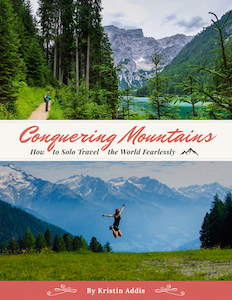 For a complete A-to-Z guide on solo female travel, check out Kristin’s new book, Conquering Mountains. Besides discussing many of the practical tips of preparing and planning your trip, the book addresses the fears, safety, and emotional concerns women have about traveling alone. It features over 20 interviews with other female travel writers and travelers. Click here to learn more about the book and start reading it today!
For a complete A-to-Z guide on solo female travel, check out Kristin’s new book, Conquering Mountains. Besides discussing many of the practical tips of preparing and planning your trip, the book addresses the fears, safety, and emotional concerns women have about traveling alone. It features over 20 interviews with other female travel writers and travelers. Click here to learn more about the book and start reading it today!
The post 8 Myths About Solo Female Travel Debunked appeared first on Nomadic Matt's Travel Site.























































